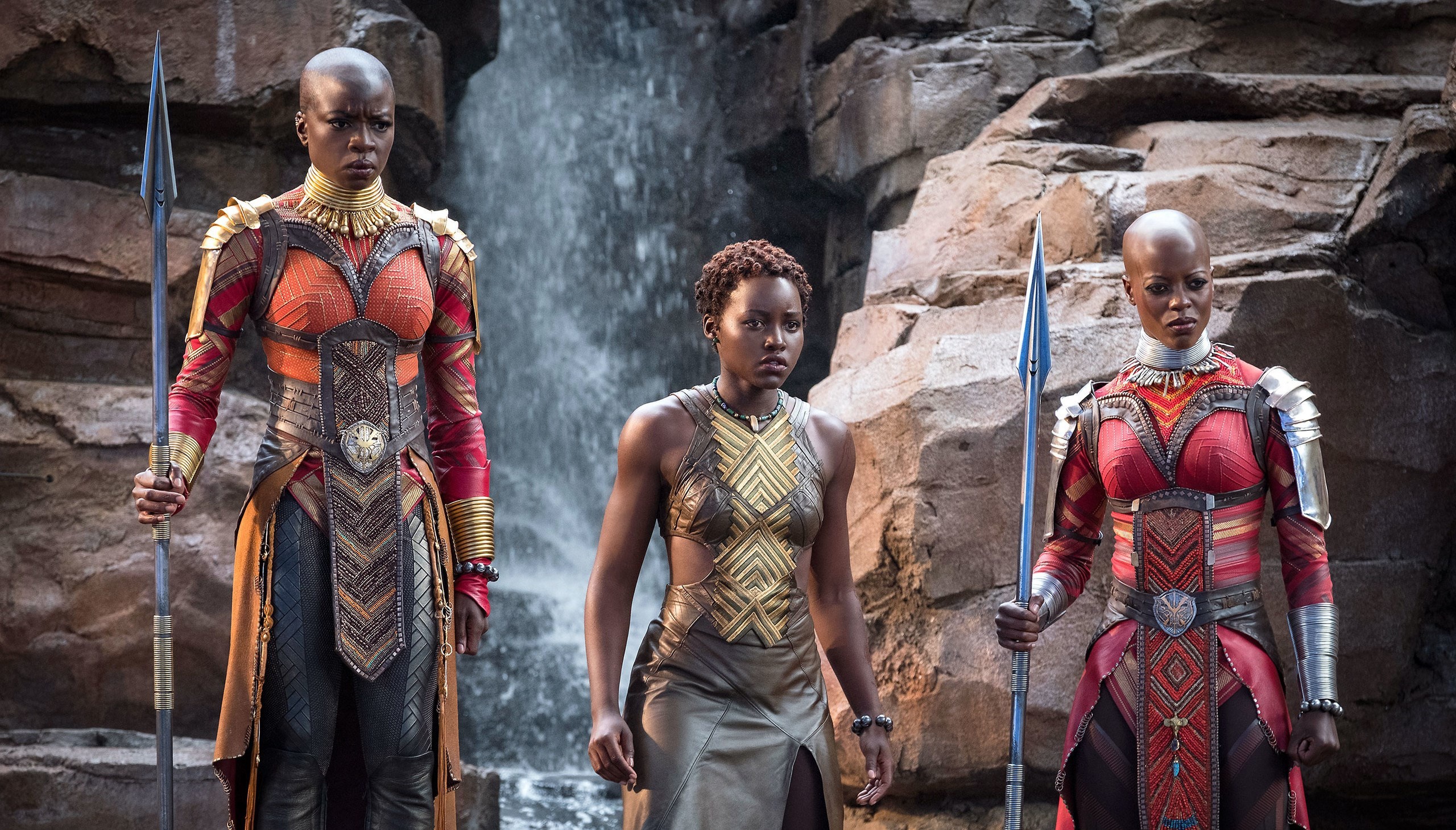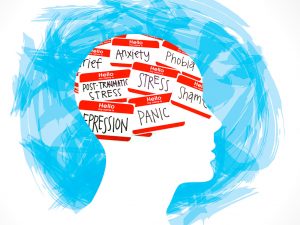
Visual storytelling is a crucial part of film, television, and media that enhances story recall and strengthens the impact of their messages. The vast landscapes and important scenes in The Lord of the Rings, along with the intricate set designs and vibrant color schemes in The Grand Budapest Hotel, show how visual elements can stir emotions, spark discussions, and influence cultural views. Storytellers can use visual elements such as composition, color, and movement to engage audiences in immersive worlds that seem real and relatable.
What makes visual stories engaging, and what implications does this have for areas like creative direction and production design? Let’s explore the main effects of visual storytelling and how creative professionals utilize these elements to influence audiences and drive lasting change. Visual storytelling connects with emotions in a straightforward way.
- Visual Storytelling Speaks Directly to Emotions
Visual storytelling has a significant effect as it surpasses logic and reasoning but connects directly with our emotions. “Visual storytelling is a rather new topic but has attracted many attentions.” 1 The lighting of a scene, the selection of colors, and the use of slow-motion effects can spark particular emotions that connect deeply with the audience. In Schindler’s List, the decision to use black and white film, except for the red coat of a young girl, significantly emphasizes the theme of lost innocence during the Holocaust. “The relationship between different visual contents need to be considered to form a good story.” 2 Visual storytelling serves a purpose beyond only aesthetics; it looks to create a narrative that is impactful and stirs emotions.

- The Impact of Production Design
Production design is essential for turning stories into visual experiences. “Methods leveraged by image captioning, especially CNN-RNN framework, are extended for story generation.”(CNN-RNN is a model that uses one part to analyze images and another part to turn that information into text) 3 Production designers oversee all visual elements shown on screen, including sets, props, costumes, and the overall ambiance. Their work does more than just look good; it helps to express the characters and the story more clearly. For example. the television show Mad Men recreates the 1960s with its set design, fashion, and decor, drawing the audience into that period of time while illustrating the themes of identity and social transformation. Without production design, the narrative world would feel dull, lowering the authenticity that helps it connect with audiences.”Recently, we have seen some works that utilize reinforcement learning and generative networks for better story generation.”4
- The Creative Approach That Influences Your Preferred Advertisements

The Nike “Dream Crazy” campaign/ via https://www.theguardian.com/sport/2019/sep/16/nikes-dream-crazy-advert-starring-colin-kaepernick-wins-emmy
Visual storytelling is not only important in TV and entertainment but in advertising and media campaigns as well.”Storytelling video ad impacts viewers’ experiences and positively impacts overall brand equity.” 5 Creative directors are the visionaries who shape the look and feel of campaigns, designing visuals that can connect with their target audiences.”Customers can easily be transported to the fictional world by watching video storytelling advertising, leaving society behind, as an innovative approach to stimulate their neural activity.” 6 The Nike “Dream Crazy” campaign, featuring Colin Kaepernick, used strong visuals and a clear design to share a message about social change and resilience. The advertisement not only promoted shoes but also caused a worldwide discussion. “Once advertising communications create narrative transportation, they can increase brand awareness, loyalty, and perceived worth independent of the product or platform.” 7 Visual storytelling is most effective when good design meets meaningful content.
- Essential Skills for Success in These Creative Production Positions
To succeed in areas like production design or creative direction, having a range of skills is important. Production designers need to understand architecture, history, and interior design to create authentic, real sets. Creative directors need to able to blend their artistic abilities with strategic thinking, and demonstrate they understand visual design principles and have the ability to engage with different people. “Instrumental and experiential brand meanings can boost the sensory and intellectual brand experience.” 8 Both careers require a good understanding of software such as Adobe Creative Suite or CAD, along with the ability to work well with different teams. Also, being able to tell stories and having the skill to visually illustrate abstract ideas are very important.
- Five Approaches to Enhance Story Engagement
Methods like color grading, motion graphics, and set decoration are essential in the art of storytelling. These techniques have a function that goes beyond just aesthetics; they seek to enhance the narrative and boost audience engagement. The soft pastel color palette in the film “Her” symbolizes the protagonist’s emotions and the film’s examination of isolation and artificial connections. Visual storytelling involves more than just the images presented; it combines various elements to elicit strong emotions in the audience, often without their conscious realization.

- Documentaries and Social Change
Documentaries use visual storytelling to present complicated or serious subjects in a way that is both easy to understand and meaningful. Ava DuVernay uses infographics, captivating archival footage, and important visuals in her film “13th” to show the crucial discussion that surrounds racial inequality and mass incarceration. The visual choices change data into emotional narratives, enabling viewers to understand and feel the importance of the systemic issues addressed. As Sheila Curran Bernard, an accomplished documentary filmmaker, writer, and professor, known for her work on documentary storytelling and production believes, “A good documentary confounds our expectations, pushes boundaries, and takes us into worlds–both literal worlds and worlds of ideas–that we did not anticipate entering.” 9 This demonstrates how visual media can motivate action and promote social change by converting facts into powerful visual experiences.

- The Importance of Cultural Representation

Black Panther movie via https://www.goodfon.com/films/wallpaper-black-panther-film-woman-spear-weapon-warrior-cinema-movie.html
Visual storytelling can shape our understanding of cultures and identities. It is not just about representation; it also includes genuine and comprehensive representation. As Bernard (2007) states, “All successful documentary stories centre on some aspect of human development no matter how minimal or symbolic, and documentaries do this in order to leave us with some degree of hope.” 10 Movies like Black Panther used Afrofuturistic styles to pay tribute to African culture, showcasing a variety of colors, architecture, and costumes inspired by true African traditions. The degree of cultural authenticity achieved had a worldwide influence, giving viewers with a fresh and empowering perspective on representation in cinema. This illustrates how visual storytelling can transform cultural narratives and increase the voices of marginalized communities.
- Why This Matters in Today’s Media Landscape
The media industry values connection, or how well a narrative can resonate, inspire, and engage its audience. Visual storytelling offers a straightforward way to make that connection. It transforms stories into experiences that audiences can see, remember, and interact with. Careers in production design and creative direction provide personal fulfillment for people with a creative mentality while also playing an important part in developing stories that affect social ideals and promote change. In today’s environment, when people consume massive volumes of material and new distribution methods emerge, the need for diverse, high-quality narrative has skyrocketed. Streaming platforms, social media, and digital sources enable material to reach viewers more quickly than ever before, making it critical for tales to stand out. Increased accessibility has enabled audiences to consume material in their own unique manner, choosing from a diverse variety of genres and forms. This has inspired creatives to continue developing, transforming good visual storytelling into a competitive advantage.People now consume material rapidly and in big amounts, and they have greater access to it than ever before. As a consequence, there is an increased need for diverse and high-quality storytelling. Streaming platforms, social media, and digital sources enable material to reach viewers more quickly than ever before, making it critical for tales to stand out. Increased accessibility has enabled audiences to consume material in their own unique manner, choosing from a diverse variety of genres and forms. This has inspired creatives to continue developing, transforming good visual storytelling into a competitive advantage.In an age of instant information consumption, the ability to create a lasting impression with visuals is becoming more important.
Visual storytelling is vital in communication and media because it connects emotions and messages in ways that words alone cannot. With so much material available, viewers rapidly lose interest if they are not engaged, emphasizing the importance of appealing images in maintaining their attention. The continual flow of information fills viewers and boosts their expectations for compelling and visually appealing material, resulting in an instant connection. Jobs in production design and creative direction enable individuals to express themselves creatively while also influencing cultural narrative and contributing to societal change. Visual storytelling has a significant impact, whether it is represented via a well-crafted film, an engrossing television series, or an effective marketing campaign. Understanding and implementing visual aspects may help professionals connect with their consumers and create an emotionally engaging atmosphere.
- Liu, Bei. “Emotion Reinforced Visual Storytelling – Microsoft.” Research Gate, May 2019. https://www.microsoft.com/en-us/research/uploads/prod/2020/01/emotion-reinforced-visual-storytelling-camera-ready.pdf. ↵
- Liu, Bei. “Emotion Reinforced Visual Storytelling – Microsoft.” Research Gate, May 2019. https://www.microsoft.com/en-us/research/uploads/prod/2020/01/emotion-reinforced-visual-storytelling-camera-ready.pdf. ↵
- Liu, Bei. “Emotion Reinforced Visual Storytelling – Microsoft.” Research Gate, May 2019. https://www.microsoft.com/en-us/research/uploads/prod/2020/01/emotion-reinforced-visual-storytelling-camera-ready.pdf. ↵
- Liu, Bei. “Emotion Reinforced Visual Storytelling – Microsoft.” Research Gate, May 2019. https://www.microsoft.com/en-us/research/uploads/prod/2020/01/emotion-reinforced-visual-storytelling-camera-ready.pdf. ↵
- (PDF) the impact of storytelling advertising on consumer advertising experiences and brand equity. Accessed November 5, 2024.https://www.researchgate.net/publication/370566749_The_Impact_of_Storytelling_Advertising_on_Consumer_Advertising_Experiences_and_Brand_Equity. ↵
- (PDF) the impact of storytelling advertising on consumer advertising experiences and brand equity. Accessed November 5, 2024. https://www.researchgate.net/publication/370566749_The_Impact_of_Storytelling_Advertising_on_Consumer_Advertising_Experiences_and_Brand_Equity. ↵
- (PDF) the impact of storytelling advertising on consumer advertising experiences and brand equity. Accessed November 5, 2024. https://www.researchgate.net/publication/370566749_The_Impact_of_Storytelling_Advertising_on_Consumer_Advertising_Experiences_and_Brand_Equity. ↵
- (PDF) the impact of storytelling advertising on consumer advertising experiences and brand equity. Accessed November 5, 2024. https://www.researchgate.net/publication/370566749_The_Impact_of_Storytelling_Advertising_on_Consumer_Advertising_Experiences_and_Brand_Equity. ↵
- Wan Yahaya, Wan Aida WAN, and Shamila Mohamed Shuhidan. “Documentary Storytelling Techniques”: Asian Journal of University Education, vol. 16, no. 3, 21 Oct. 2020, p. 247, https://doi.org/10.24191/ajue.v16i3.10273. ↵
- Wan Yahaya, Wan Aida WAN, and Shamila Mohamed Shuhidan. “Documentary Storytelling Techniques”: Asian Journal of University Education, vol. 16, no. 3, 21 Oct. 2020, p. 247, https://doi.org/10.24191/ajue.v16i3.10273. ↵




7 comments
Kaitlyn Villanueva
This article was so so powerful!! I love how you used many visuals in order to keep the reader interested through the whole piece. Everything was explained in extreme detail and let the reader leave your article learning so much information. Overall, I thought this was very educational and also so interesting to read. It makes you think about different aspects in film that you wouldn’t typically think about when watching the movie.
arosales11
Your post about visual storytelling is great, It shows how effective images can be in capturing attention and transmitting messages. You do an excellent job of highlighting the responsibilities of production design and creative direction. You explain things in an entertaining and understandable manner. Excellent job demonstrating the influence of visual storytelling!
Freya Hayes
I really enjoyed this infographic. It educated me on a topic that I otherwise wouldn’t have been educated on. I learned that documentaries offer a different approach to visual storytelling and that they communicate messages in a serious and meaningful way. I really enjoyed the overall look of the article. I think it looked very clean and put together. I also really liked the images that you used and the way the article was broken down, it made it very easy to follow the authors purpose. If I could ask any question I think I would ask what prompted the author to write about this topic and if it connects to their major in anyway.
Alysia Cano
This article beautifully underscores how visual storytelling transcends mere aesthetics to evoke deep emotional connections and enhance narrative impact. By exploring its role in everything from film and television to advertising and social change, it highlights the crucial work of creative professionals who shape these visual worlds to influence audiences and drive cultural transformation.
Zoe Klupenger
Hi Mariana! I really like your take on this infographic and this topic. Your in-depth descriptions and visuals really add to your infographic and what you are trying to get across. In addition, I really like the aesthetic and how you have everything organized. Good job! Were there any points you found while researching that you maybe did not include in your infographic?
Danielle Villanueva
Wow, this article really opened my eyes to how powerful visual storytelling can be! I learned that movies and ads aren’t just about looking good, but about creating emotions and connections with people. The examples like Schindler’s List and Black Panther showed me how visual choices can tell deep stories. I’m curious – how do filmmakers decide which visual elements will have the biggest impact on viewers?
Cesia Gonzalez
Your piece on visual storytelling is fantastic! It captures how powerful visuals can be in grabbing attention and conveying messages. You highlight the roles of production design and creative direction perfectly. The way you explain everything is engaging and easy to understand. Great job on showing the impact of visual storytelling!